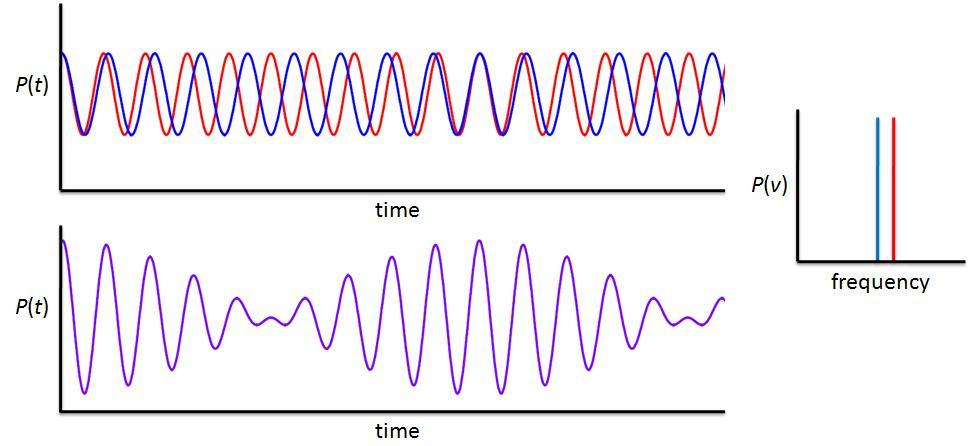
The frequency range of audible sound for humans is 20Hz and 20000Hz. Find the corresponding range of time periods for these audible sounds.
A) 0.05s to
B) 0.5s to
C) 5s to
D) 0.05s to
Answer
492.6k+ views
Hint: Frequency is inversely proportional to period. The frequency of a wave increases and the period of the wave decreases. The frequency below 20Hz is known as infrasound which is not audible to the human ear whereas the frequency above 20000Hz is known as ultrasound which is also not audible to human ears.
Formula used:
To solve this type of question we use the following formula.
Where
Complete step by step answer:
Let us first write the information given in the question.
The audible sound frequency range for humans is 20Hz and 20000Hz.
Now let us convert the frequency into time period using the following formula.
Let us convert 20Hz in periods.
Similarly, let us convert 20000Hz in the time.
Therefore, the period range of audible frequency is 0.05s and
Hence, Option (A) is correct.
Additional Information:
Doppler Effect is an important phenomenon about hearing. The speed of stars and galaxies is measured by the Doppler effect. There are two mechanisms in the Doppler effect named a red shift and blue shift.

Note:
- A time period T is defined as the time is taken for one complete cycle of vibration to pass a given point.
- The SI unit of the period is 'seconds'.
- Wave frequency is the number of waves that pass through a fixed point in a given period.
- The SI unit of frequency is Hertz.
Formula used:
To solve this type of question we use the following formula.
Where
Complete step by step answer:
Let us first write the information given in the question.
The audible sound frequency range for humans is 20Hz and 20000Hz.
Now let us convert the frequency into time period using the following formula.
Let us convert 20Hz in periods.
Similarly, let us convert 20000Hz in the time.
Therefore, the period range of audible frequency is 0.05s and
Hence, Option (A) is correct.
Additional Information:
Doppler Effect is an important phenomenon about hearing. The speed of stars and galaxies is measured by the Doppler effect. There are two mechanisms in the Doppler effect named a red shift and blue shift.

Note:
- A time period T is defined as the time is taken for one complete cycle of vibration to pass a given point.
- The SI unit of the period is 'seconds'.
- Wave frequency is the number of waves that pass through a fixed point in a given period.
- The SI unit of frequency is Hertz.
Recently Updated Pages
Master Class 9 General Knowledge: Engaging Questions & Answers for Success

Master Class 9 English: Engaging Questions & Answers for Success

Master Class 9 Science: Engaging Questions & Answers for Success

Master Class 9 Social Science: Engaging Questions & Answers for Success

Master Class 9 Maths: Engaging Questions & Answers for Success

Class 9 Question and Answer - Your Ultimate Solutions Guide

Trending doubts
State and prove Bernoullis theorem class 11 physics CBSE

What are Quantum numbers Explain the quantum number class 11 chemistry CBSE

Who built the Grand Trunk Road AChandragupta Maurya class 11 social science CBSE

1 ton equals to A 100 kg B 1000 kg C 10 kg D 10000 class 11 physics CBSE

State the laws of reflection of light

One Metric ton is equal to kg A 10000 B 1000 C 100 class 11 physics CBSE




